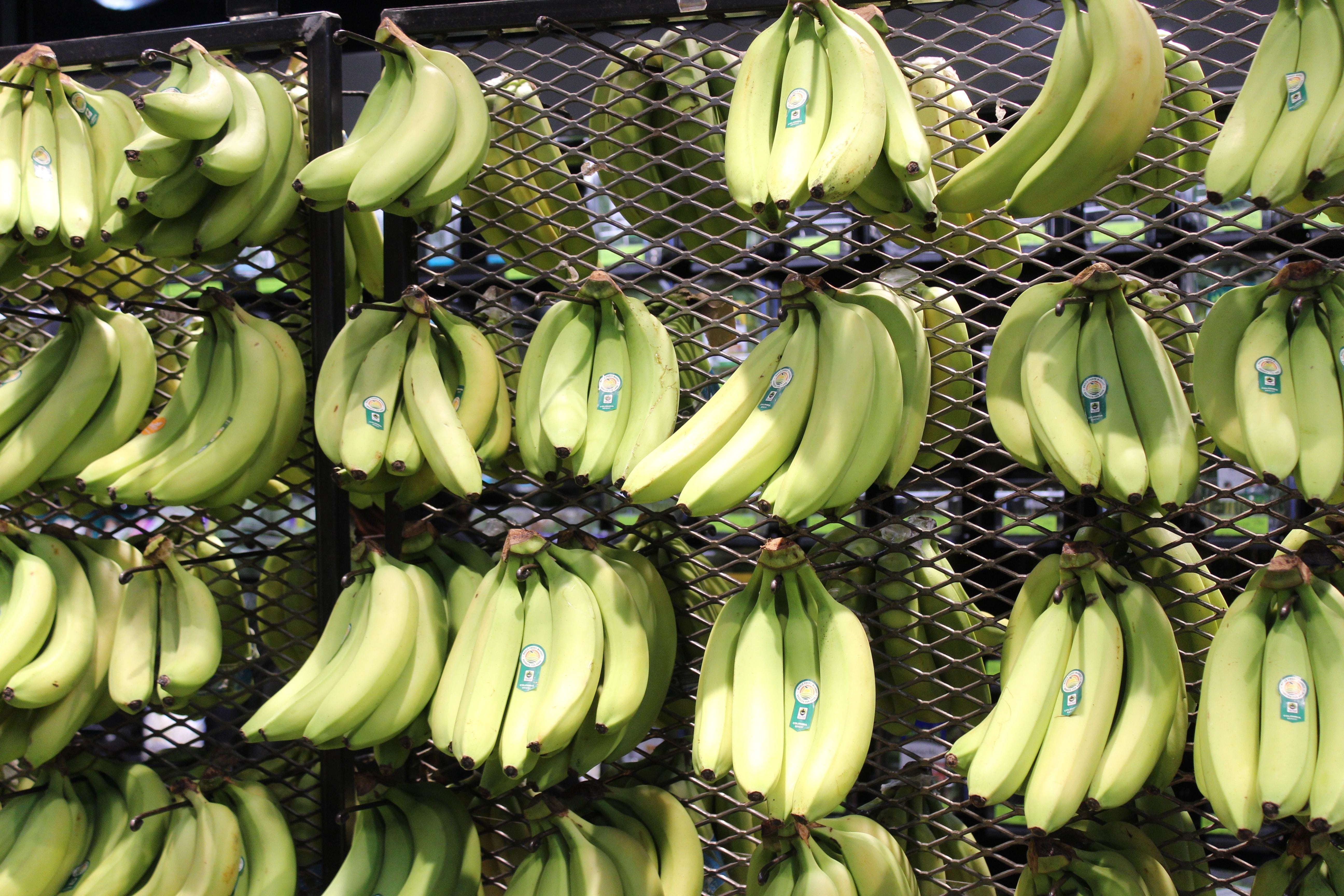
Global cooling pledge: Over 60 countries commit to slash cooling emissions
Over 60 countries commit to a global cooling pledge. New UN report outlines ways to reduce emissions by 60% & reduce the impact of rising temperature.
Over 60 countries commit to a global cooling pledge. New UN report outlines ways to reduce emissions by 60% & reduce the impact of rising temperature.
Cities are getting hotter due to climate change and the urban heat island effect. Here are some passive cooling solutions to help cities adapt to climate change.
Asia is adapting to climate change with nature-based solutions that are less expensive and more effective than built infrastructure. Here are eight examples.
The UNEP identifies 5 key drivers of biodiversity loss: land use, overexploitation, climate change, pollution, and invasive species, and calls for urgent action.
African cities are embracing active mobility (walking and cycling) to improve air quality, reduce traffic congestion, and make their streets safer.
Sierra Gorda is a mountain range in Mexico that was once threatened by deforestation but has been transformed into a model of conservation. Here's how it happened.
Record-breaking heatwaves are becoming more common due to climate change, and cities are especially prone to warming, but nature based solutions can help.
Nature's ecosystem services are worth trillions of dollars each year, and we need to invest in their restoration to ensure sustainable food security.
Developing countries could save 144 million tonnes of food a year if they had the same food cold chain infrastructure as developed countries, the UN says.
Air pollution is responsible for an estimated 7 million premature deaths every year. From Warsaw to Seoul, these global cities are taking action.
Crop burning is the deliberate burning of field to clear land and fertilize the soil. However, studies show no-burn alternatives may be more effective.
A new UNEP report has found that over the next 20 years, Lake Turkana in Northern Kenya is likely to flood, due to heavy rain caused by climate change.










